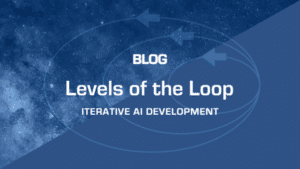Bidirectional Encoder Representations from Transformers (BERT), introduced by Google in 2018, revolutionized natural language processing (NLP). As a deeply bidirectional model, BERT captures the context of a word based on all of its surroundings (both left and right of the word), unlike previous models that viewed the text unidirectionally. This model is pre-trained on a vast corpus of plain text (such as Wikipedia) without specific task-oriented training data, making it unsupervised. BERT’s pre-training involves understanding the relationships between sentences and the context of words within them. Once pre-trained, BERT can be fine-tuned with additional data for a wide range of NLP tasks like question answering, sentiment analysis, and language inference. Its introduction has significantly improved the performance of various NLP applications, making it a cornerstone for many modern AI systems, including those like Jaxon that incorporate BERT into their processing pipelines.


